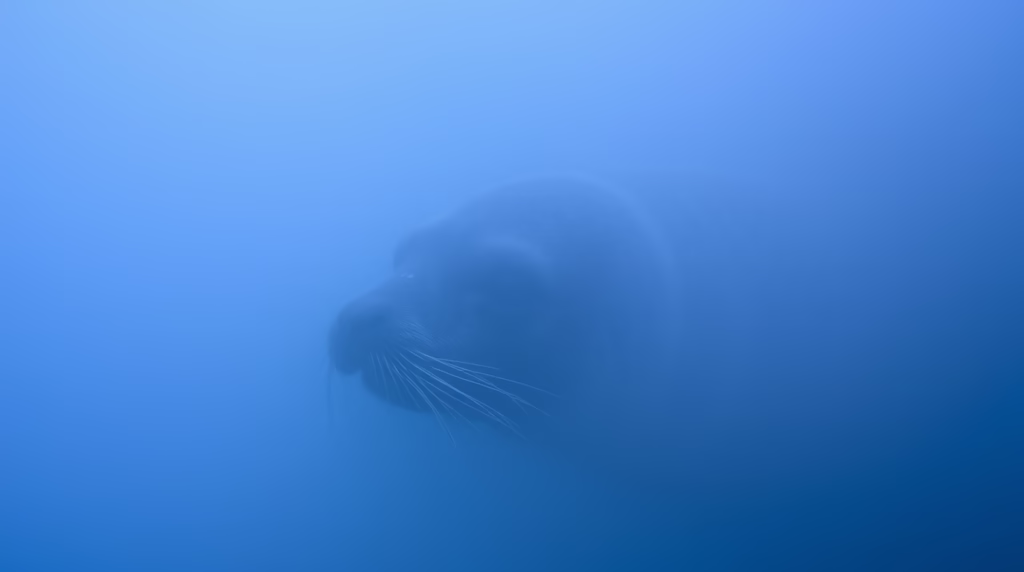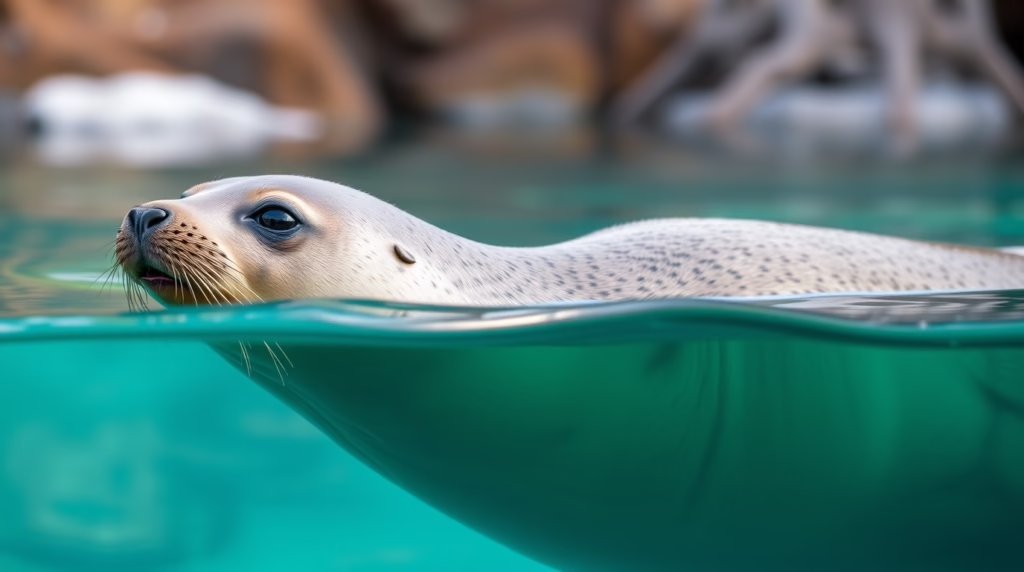Unveiling Earth’s Ancient Depths: The Timeless Majesty of Lake Baikal
When contemplating the vastness of Earth’s geological history, we often marvel at towering mountain ranges and sprawling canyons. Yet, beneath the surface, hidden in the silent depths, lie aquatic chronicles of time itself. Among these, one body of water stands as a testament to geological endurance: Lake Baikal, the planet’s oldest and deepest freshwater lake.
A Chronicle of Time: The Age of Baikal
To grasp the sheer antiquity of Lake Baikal, one must understand that lakes, like mountains, possess lifespans. While many lakes are relatively young, formed by glacial melt or river diversions, a select few are ancient, exceeding a million years in age. Among these venerable bodies of water, Lake Baikal, nestled in the heart of southeastern Siberia, reigns supreme. Scientists, through meticulous research, have determined its age to be approximately 25 million years. This staggering figure dwarfs the comparatively youthful Great Lakes, which emerged a mere 20,000 years ago. Even Lake Issyk-Kul in Kyrgyzstan, the second oldest, trails behind at an estimated 20 million years.

The Depths of Time: Baikal’s Physical Majesty
Lake Baikal is not merely old; it is a giant. Spanning 12,239 square miles (31,700 square kilometers), it ranks as the world’s seventh-largest lake by surface area. Its depth, however, is where it truly distinguishes itself. Plunging to a depth of approximately 1 mile (1.6 kilometers), it claims the title of the world’s deepest lake. But this measurement only scratches the surface. The lake’s basin, a rift valley, harbors between 3.1 and 4.3 miles (5 to 7 kilometers) of sediment, a layered archive of millions of years.
Deciphering the Past: Dating the Depths
To determine Baikal’s age, scientists employ sophisticated techniques, primarily isotopic dating. This method involves analyzing the ratios of radioactive isotopes within the lake’s sediment layers. By examining isotopes of cesium, lead, and carbon, researchers can pinpoint the age of each layer and calculate the rate of sediment accumulation. This process, often aided by seismic surveys, allows them to construct a detailed timeline of the lake’s history.
A Rift in Time: Formation and Longevity
Understanding Lake Baikal‘s formation is crucial to appreciating its longevity. Unlike lakes formed by glacial activity, which are inherently ephemeral, Baikal is a rift lake. It originated from the gradual divergence of two continental plates, creating a chasm known as a graben. As these plates continue to separate, the graben deepens, preventing the lake from filling in. This ongoing process, with Baikal widening by approximately an inch (2.5 centimeters) annually, ensures its continued existence. Other ancient rift lakes, such as Lake Malawi and Lake Tanganyika in Southeast Africa, share this geological origin.
A Cradle of Biodiversity: Baikal’s Unique Ecosystem
Beyond its age and depth, Lake Baikal is renowned for its exceptional biodiversity. Its isolation and longevity have allowed evolution to unfold uninterrupted, resulting in a unique ecosystem teeming with life. The lake boasts the highest rate of endemic species, organisms found nowhere else on Earth. Among its most iconic inhabitants is the Baikal seal (Pusa sibirica), the world’s only exclusively freshwater seal.

Evolution’s Laboratory: Baikal’s Endemic Species
The lake’s diverse fauna includes hundreds of species of freshwater shrimp, providing researchers with a natural laboratory for studying speciation and diversification. The intricate evolutionary processes at work in Baikal offer invaluable insights into the mechanisms of life itself. The lake’s diatoms, unicellular algae that produce glass-like shells, are another marvel. These diatoms, significantly larger than those found elsewhere, offer a glimpse into the unique ecological conditions that have shaped Baikal’s biodiversity.
Visiting the Ancient: Experiencing Baikal’s Majesty
Despite its extreme conditions, Lake Baikal is accessible to human visitors. However, its frigid waters and ice cover for five months of the year make it less than ideal for swimming. With an average surface temperature of 39 degrees Fahrenheit (4 degrees Celsius), it demands a certain level of fortitude to brave its depths. Yet, the experience of witnessing this ancient wonder, a testament to the Earth’s geological history, is unparalleled.
more NEWS Click HERE